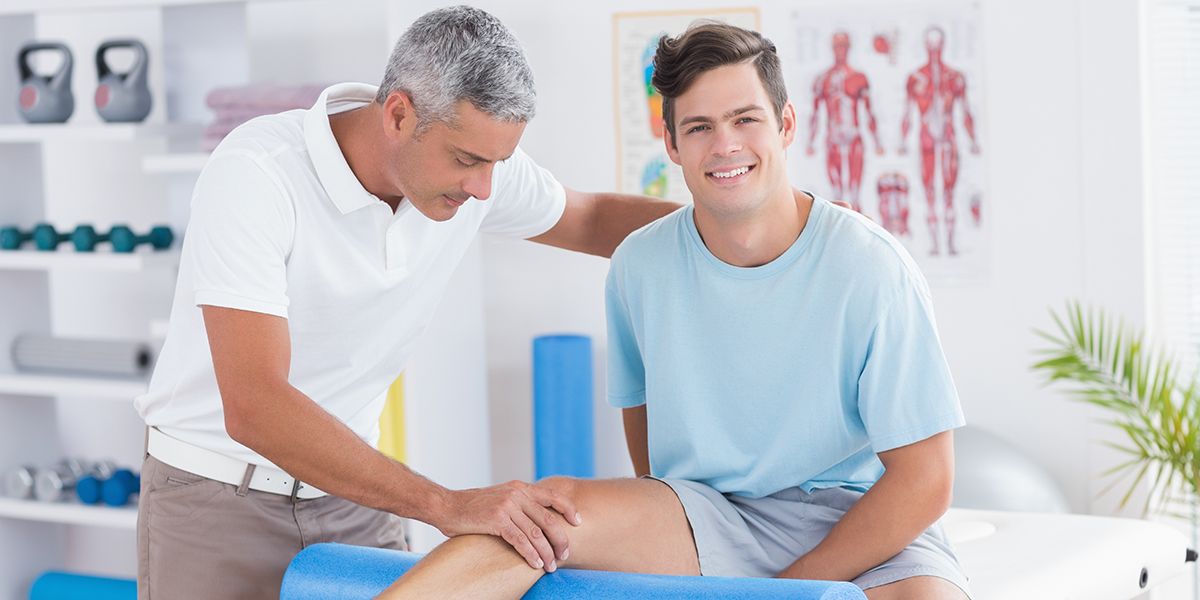Physical Therapist
Relate at least 3 topics from this course to this career(what would they use and why). These could be overarching topics (i.e. internal systems, evolution), specific ideas or skills (i.e. graphing, problem solving,measuring, etc?
Inner system

The three topics that I have learned in grade 11 biology that a Physical therapist would need, would be the three major topics to do with the internal systems, the respiratory, circulatory, and digestive systems. A physical therapist would need to know the respiratory, circulatory, and digestive systems because if a patient came into their office and had a problem dealing with one of those topics they would need to know how to fix it. For example, if a person had a digestive problem he would have to know the certain muscle components in the stomach and the certain acids in the stomach or intestine that may be causing the problem. The same goes for the circulatory and respiratory systems. They would need to know how to fix someone with a pinched nerve or a problem that's causing shortness of breath. A physical therapist needs to know everything about the inner systems because they can't predict all their clients will have just digestive problems. Everyone will have different problems with different parts of their body.
Include at least 3 interesting facts and/or challengesyou have discovered about this career (i.e. careerperks, connections to other fields, competitive jobmarket, ethical concerns etc
Fact 1

The first interesting fact I found doing my research about the physical therapist career is you have to take grade 12 mathematics. I originally wouldn't have thought that but I found out they have to take math because they need to understand the structure and function of the body and calculating things like a vo2 max. they would also need to know how to develop an appropriate fitness and wellness programs which could involve calculations for something like weight loss.
fact 2

fact two Is how many types of physical therapy there is. There are orthopedic, acute care, post-operative care, cardiovascular and pulmonary rehab, lymphedema management, wound care, and neurologic rehabilitation. There are many different types of therapists for many different things.
fact 3

My last fact is that Physical therapy is ranked among the top 10 happiest jobs.
Refrences
Describe the roll of a person in this career. What does atypical day involve? What are some key activities they participate in or perform?
roll of a person in this career?

Physical therapists are healthcare professionals. Their role is to treat individuals of all ages from newborn to very old who suffer from medical problems or health-related conditions that limit their ability to move and perform functional activities in their daily lives. They try to help the patient and treat every condition they have to restore it to normal.
What does a typical day involve?

Every day is different for a Physical therapist, but they do go through a daily routine. In the morning before Patients come in at 8 AM The therapist will ensure the therapy area is clean and review the patient list and gather all the tools and treatment accessories they need for the day. Patients start to arrive at 8 am up till 4:00 pm. If a returning patient comes they will pick up where they left off in terms of their pain treatment. This can be things such as hands-on work, showing the patient a new exercise to do at home, and pain relief techniques. If a new patient arrives things are a bit more structured. The therapist will start by taking a patient’s history, examine the injury or an area that will be treated, build a patient chart to include all they have learned about their injury, create goals, and finally a treatment plan is developed that is based on the patient's goals.
What are some key activities they participate in or perform?
:max_bytes(150000):strip_icc()/GettyImages-655821120-5a1832ade258f8003b2dde9c.jpg)
There are multiple key activities that they perform involving the Body and engaging in the patient's body history. For example, a physical therapist will perform tests and measures to identify potential and existing problems. Conduct patient systems and review their past or current injures. Those are key activities they need to do because that is how they evaluate what they need to fix.
Describe the education required to enter this career. What courses are required from high school studentswho wish to follow this pathway?
Education

The length of a professional physical Therapist schooling is typically three to four years. the primary subject in the curriculum will include subjects like cellular histology, biology/anatomy, physiology, biomechanics, physiology, kinesiology, and neuroscience just to name a few.
High school

As explained in the education section to be a personal trainer you are going to need to study subjects like neuroscience, kinesiology, and biomechanics just to name a few. To get into programs like this in university you are going to have to take specific courses in high school. For Biomechanics you are going to have an Ontario secondary school diploma (OOSD), Grade 12 English, Grade 12 Advanced Functions, Grade 12 Calculus and Vectors, Grade 12 Biology, Grade 12 Chemistry, and One additional Grade 12 university-level or university/college-level course. For kinesiology a highschool student will need an Ontario secondary school diploma (OOSD), Grade 12 Biology, Grade 12 Chemistry, Grade 12 English, Grade 12 Advanced Functions, One additional Grade 12 university-level, or university/college-level course, Grade 12 Physics and Grade 12 Calculus and Vectors. Finally, for neuroscience a high school student will need Ontario Secondary School Diploma (OSSD), Grade 12 English, Grade 12 Advanced Functions -or- Grade 12 Calculus and Vectors, Grade 12 Biology, One of the following courses: Grade 12 Advanced Functions, Grade 12 Calculus and Vectors, Grade 12 Physics -or- Grade 12 Chemistry and Two additional Grade 12 university-level or university/college-level courses